Connect with nature. Learn about a local animal today!


Connect with nature. Learn about a local animal today!
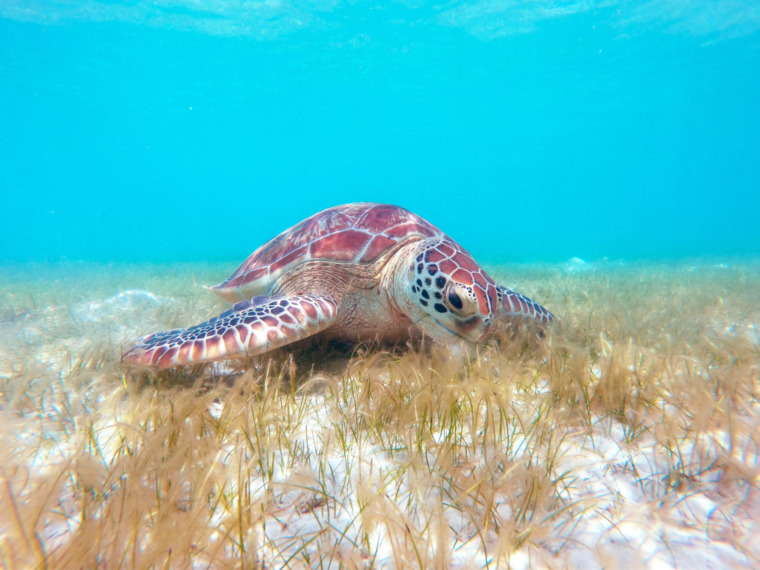
Read the article to learn more.
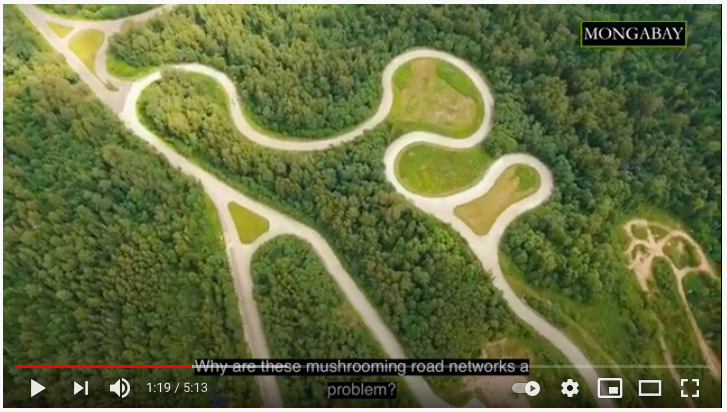
Learn some ways that roads affect forest biodiversity and discuss this topic with classmates, family, or friends.

Exaggerating how scary an animal is can have big consequences for animals and their conservation.
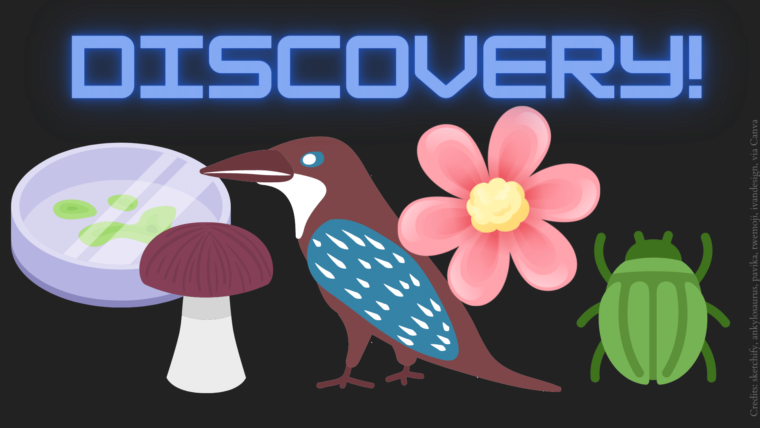
Scientists discover many new species every year … and now it’s your turn! In this activity you’ll write a story about your quest to discover and describe a new species.
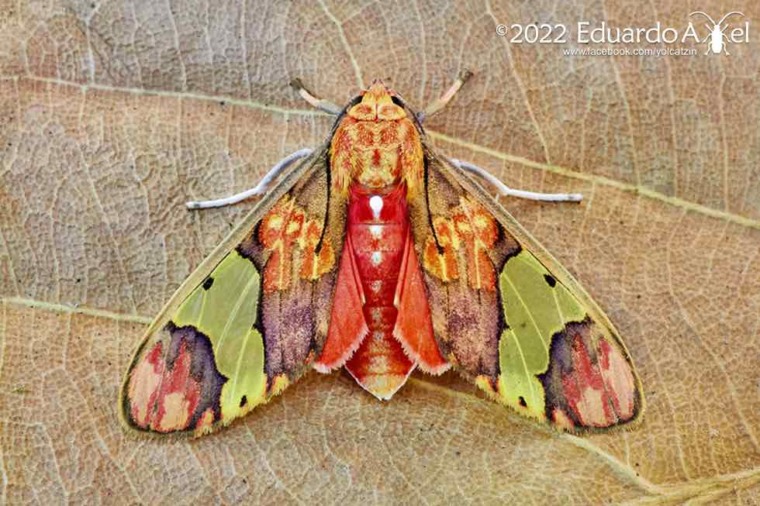
Number 1: Metalmark moth (Polillas de marca de metal) Scientific name: Tortyra slossonia (Family: Choreutidae) This moth is one of the smallest moths in Mexico. It measures 10 mm. Although they fly by day, it is difficult to find them. The term slossonia is in…
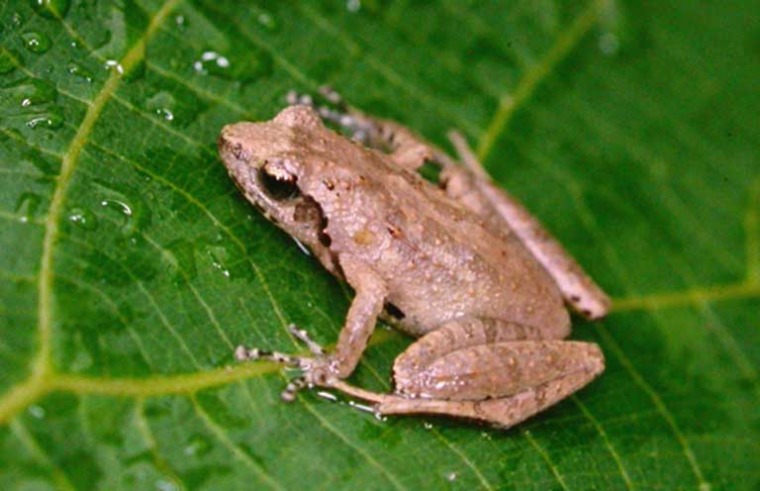
Reading level: Grade 5-6 You might think all rare and unique animals are discovered in remote places … like rainforests, mountaintops, or deserts. Not in the case of the Romer’s tree frog! This is the story of how this little frog found itself living in…
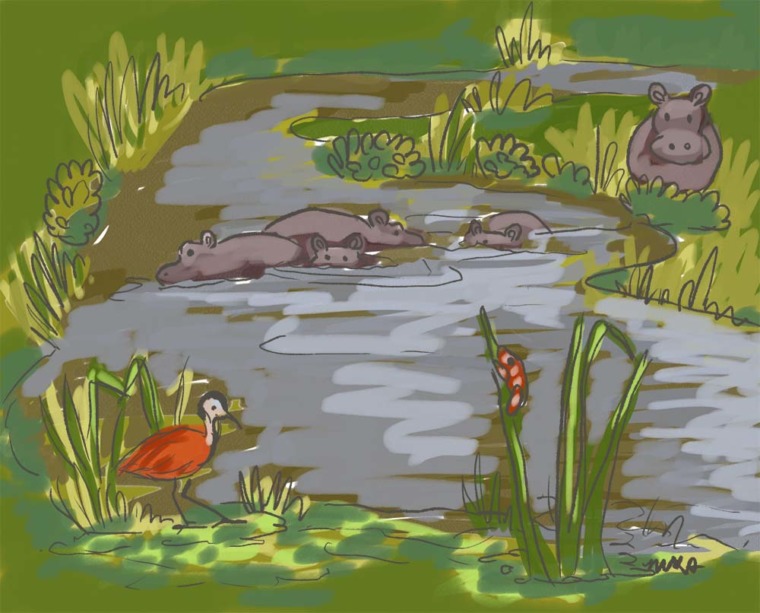
Journey to the Okavango Delta Today we’re going to imagine we’re on a canoe, exploring the Okavango Delta in northern Botswana. A river delta is where the mouth of a river empties out, often into another body of water such as as a lake or…
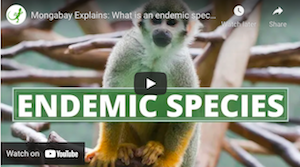
What is an endemic species? An endemic species occurs in only one geographic location. A species could be endemic to a forest. A species could be endemic to an island. This video gives examples of endemic species: Endemic species featured in the video: Key points…
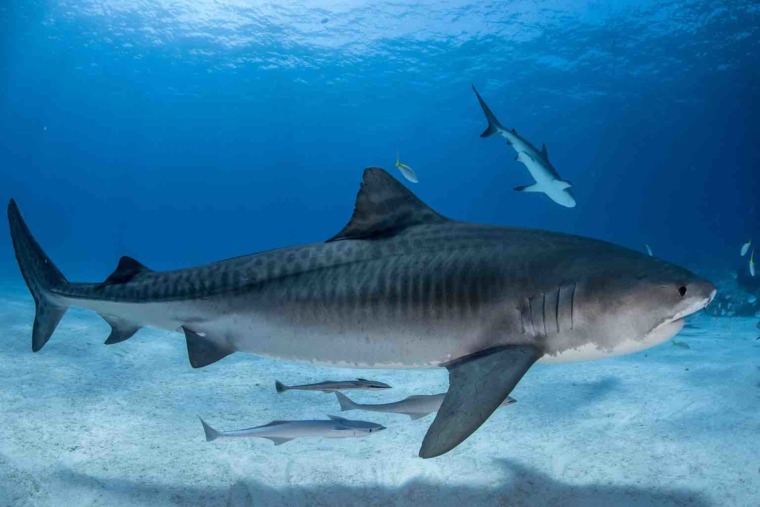
You might think we know almost everything about the big animals of the world. But, scientists are often discovering surprising new things – this time about tiger sharks. Tiger sharks in Mozambique have been recorded traveling thousands of kilometers to the other side of the…
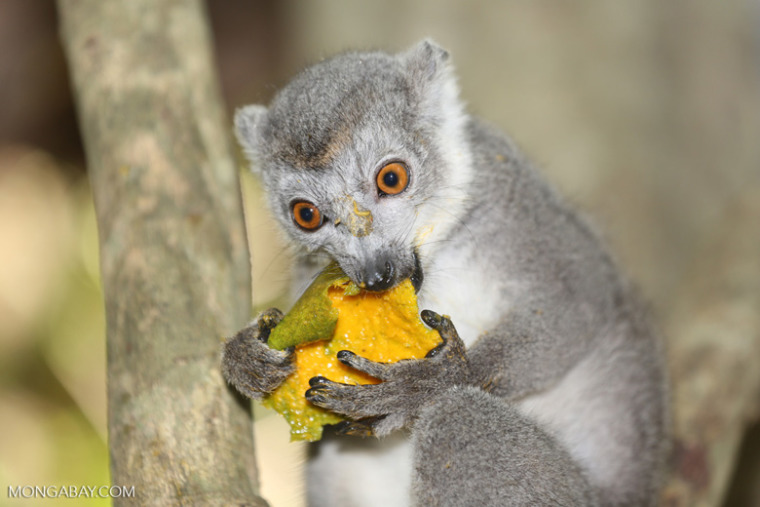
Time to learn about ethograms! This activity is courtesy of the Lemur Conservation Network and the Louisiana Lemur Foundation. Educators: Description of the activity (For ages 10+) This activity helps you observe lemurs at your local zoo (or via a zoo webcam). You will list…

Michael Parsons studies rats in cities. Most people find rats yucky, so why would anyone want to study them? Lab logo. Image courtesy of Michael Parsons. One reason is that rats cause billions of dollars a year in damage through loss of food, starting fires…